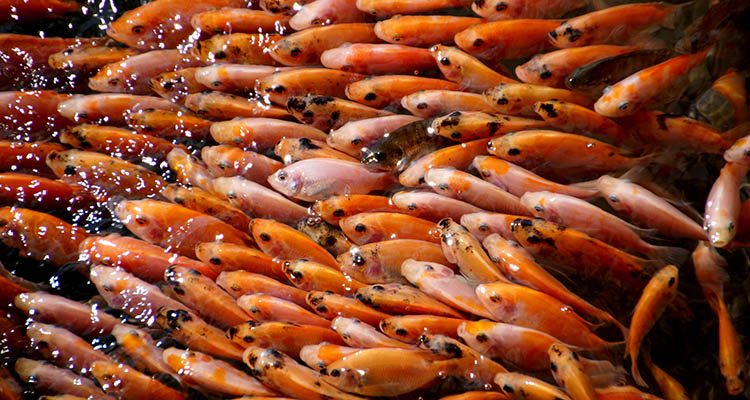When it comes to aquaculture, water quality is of the utmost importance. Water quality, both good and bad, affects the health and life of the fish being raised through aquaculture. In order to raises the healthiest, best tasting fish and increase profit potential, water quality must be made priority, from regular testing, all the way down to choosing the best aquaculture liners. Aquaculture liners that are certified for potable water, are fish and plant safe and have no additives that could leach into the water help improve water quality. Improved water quality can lead to higher density crops, as well as healthier fish due to greater dissolved oxygen levels.
How Aquaculture Liners Improve Water Quality
You may be asking yourself how aquacultures liners can improve water quality. By using food-grade reinforced polyethylene (RPE) aquaculture liners in hatchery trays, tanks and ponds, you eliminate the threat of potential additives leaching into the water and harming the lives of your fish crops. RPE aquaculture liners can help improve water quality due to the following characteristics of the material:- Contain no additives or chemicals
- Certified by NSF61 for potable water containment
- Certified fish and plant safe
- Can be repeatedly cleaned and disinfected without losing performance
- Provide thermal stability
- High resistance to UV exposure
- Strength, durability and puncture resistance



